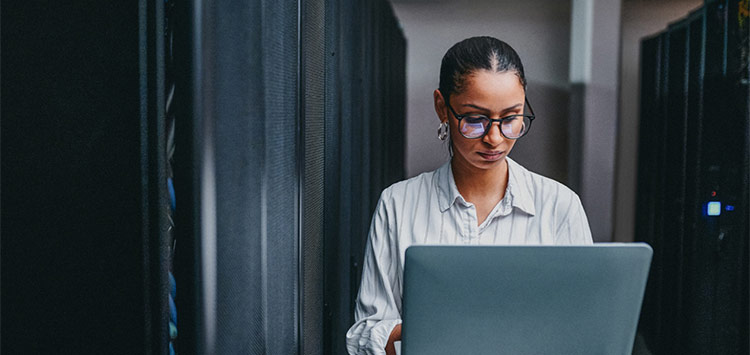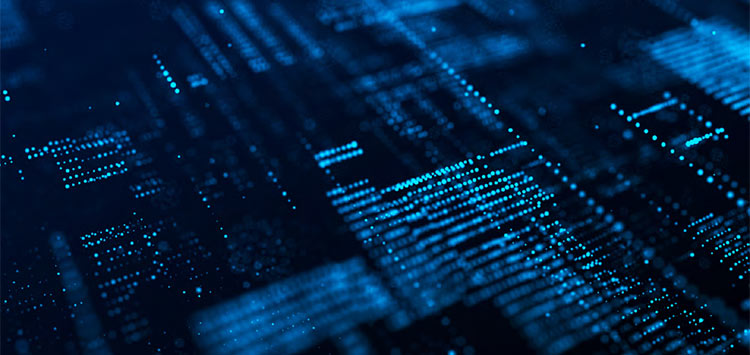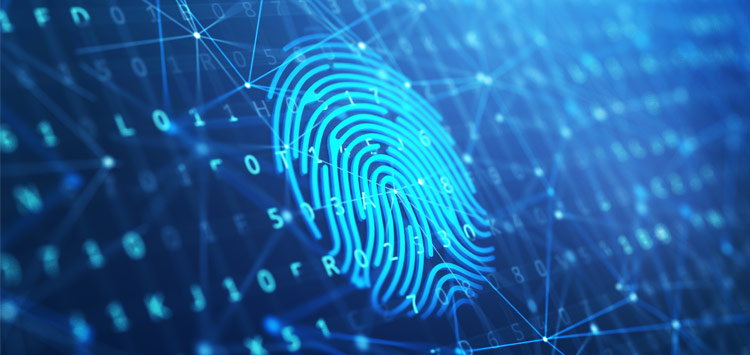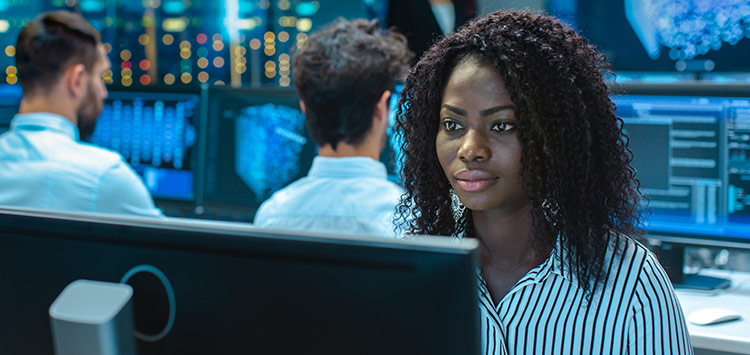-
Business
-

Policy & Business
-
-
Federal IT
-
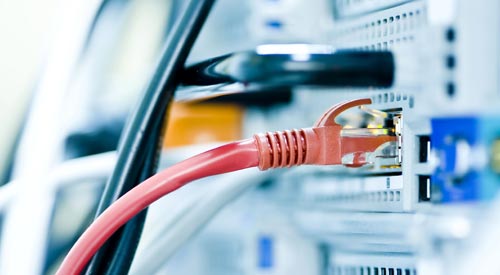
Information Technology
-
-
State & Local
-

State & Local Government
-
-
Defense
-

Defense & Intelligence
-
-
Healthcare
-

Healthcare Policy & IT
-
-
Energy
-

Energy Policy & Technology
-
-
Education
-
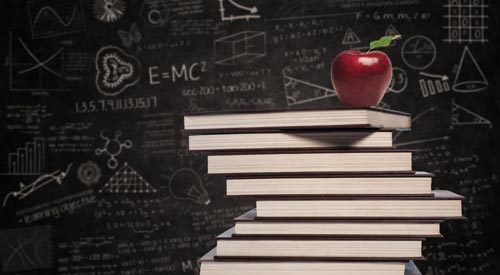
Education Policy & Technology
-
A new technology is fundamentally changing learning–here’s how
eSchool News: Middle school students across the U.S. are learning how the body works by studying the anatomy of a frog, a vertebrate with an organ system similar to that of humans. But unlike school lab work that uses real specimens or images of a virtual frog on a screen, a new approach to this standard experiment is taking the act of learning to a unique interactive level, thanks to the use of technology known as blended reality.
What is Blended Reality?
Blended reality combines the physical and digital with augmented reality that takes sensory inputs – sounds, scents, sites and haptic or “touch” feedback–to blur the lines between the real and virtual worlds. By replacing a keyboard and mouse with a touch mat and 2D and 3D scanners, blended reality computers enable students to take actual or printed objects and “put” them right into the computer to create a 3D animated image they can rotate and manipulate. In a blended reality lab dissection, for example, students can scan images of individual frog organs and assemble them with the touch of a keystroke–giving them an in-depth understanding of how each part works and how they work together as a system.
Tags
Top Stories
- CISA releases guide to help safeguard K-12 schools from cyber threats
- University of Ottawa’s Martin Bernier on continuous learning
- What Is ChatGPT and How Is It Used in Education?
- K12 Schools View Technology as a Guardrail for Good Digital Citizenship
- 5 ways our district streamlines edtech ecosystems
- 14 Technology Predictions for Higher Education in 2023 -- Campus Technology
- Dozens of US schools, universities move to ban TikTok
- How Can Schools Reduce the Risk of Cyberattacks?
- Districts Transform School Spaces into Labs, Arenas and Studios
- What's In, What's Out for Education Technology
- Texas Proposes Sharing Information Security Expertise Across Higher Ed and State Agencies -- Campus Technology
- Commerce Announces Over $18M in Digital Education Funding
- Rethinking your K-12 cloud strategy
- All That Ed Tech Schools Bought During the Pandemic Won’t Improve Equity. Here's Why
- How to Communicate Student Data Privacy Protections to Families More Effectively
- Ban the Cellphone Ban
i360Gov Newsletters
The most significant government policy, business, and technology news and analysis delivered to your inbox.
Subscribe NowTrending
- Mentoring tomorrow’s Black IT leaders
- 5 tips to build community-wide support for IT transformation
- Technology Is the Tool, Not the Teacher (Opinion)
- Every Student Needs 21st-Century Data-Literacy Skills
- 5 Big Technology Challenges Teachers and Administrators Will Face This School Year
- Districts Transform School Spaces into Labs, Arenas and Studios
- How Can Schools Reduce the Risk of Cyberattacks?
- What Are the Benefits of Digital Identity in the Metaverse?
Also in Education Policy & Technology
About
i360Gov is an intelligent network of websites and e-newsletters that provides government business, policy and technology leaders with a single destination for the most important news and analysis regarding their agency strategies and initiatives.
Contact Us
Telephone: 202.760.2280
Toll Free: 855.i360.Gov
Fax: 202.697.5045


